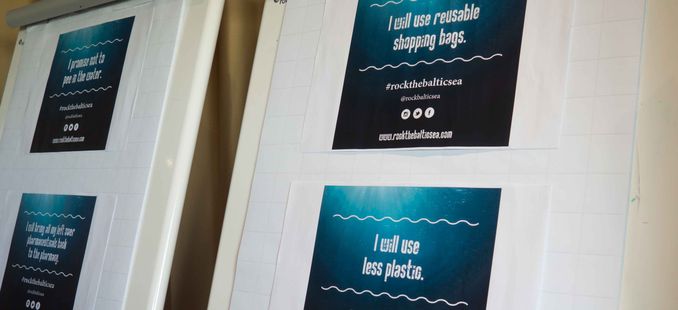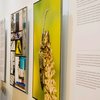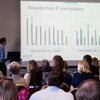
What’s your promise to the Baltic Sea?
Partners of the Waterchain project from Finland, Sweden, Estonia, Latvia and the Åland Islands have developed ways to reduce the harmful inflows of nutrients and hazardous substances to the Baltic Sea. The project launched a new website during its final seminar in May.
TUAS participates in international efforts
Waterchain is a joint effort of altogether nine organizations from Finland, Sweden, Estonia, Latvia and the Åland Islands. The water engineering research group of Turku University of Applied Sciences (TUAS) has participated in the project by, for instance, introducing technology for reducing the levels of phosphorus in the watershed of the Aura river. As the level of phosphorus in the water system increases, algae and plants grow at increasing speed, leading to the eutrophication of the water system. By releasing ferric sulphate in a ditch suffering from high nutrient loading, dissolved phosphorus can be transformed into a form that algae cannot exploit.
The method was tested in two agricultural ditches in Finland with promising results: the method succeeded in binding the average of 66% and 96% of dissolved phosphorus in the ditch water in pilot locations. However, good results require sufficient follow-up and maintenance of equipment.
In addition to this, TUAS has gathered data on the loading on the Aura river and its catchment area, promoted collaboration in stormwater management and monitoring, and participated in the construction of the Waterchain website. The water engineering research group at TUAS has also produced online training material on nutrient loading in cooperation with Riga Technical University.
“Despite the tight schedule, the project met the set goals well. In addition, expanding the cooperation network of TUAS is valuable and has already resulted in further collaboration”, says Project Manager Antti Kaseva from TUAS.
Hands-on work to support promises
The Waterchain website, born as a result of the international project, offers information on the state of the Baltic Sea and presents solutions for reducing nutrient levels and hazardous substances to consumers, decision-makers and representatives of farming industries Site visitors can take a short Baltic Sea Quiz and, in future, most likely carry out an online course. You can also make your own promise to the Baltic Sea on the website.
Even though the project ends, working for the Baltic Sea doesn’t. This was highlighted in the seminar, as well. Work must be done continuously and at an international level.
“Don't just promise not to pee in the Baltic Sea. Instead, develop equipment and methods for cleaning the sea because no matter what, there will be people who pee in the sea", Jan-Hendrik Körber from TUAS reminded the seminar participants of the importance of concrete measures.
Visit the project website to learn more!
Text and photos: Marketta Virta


